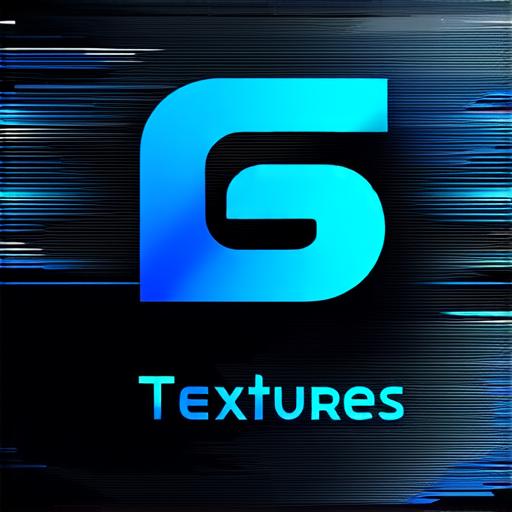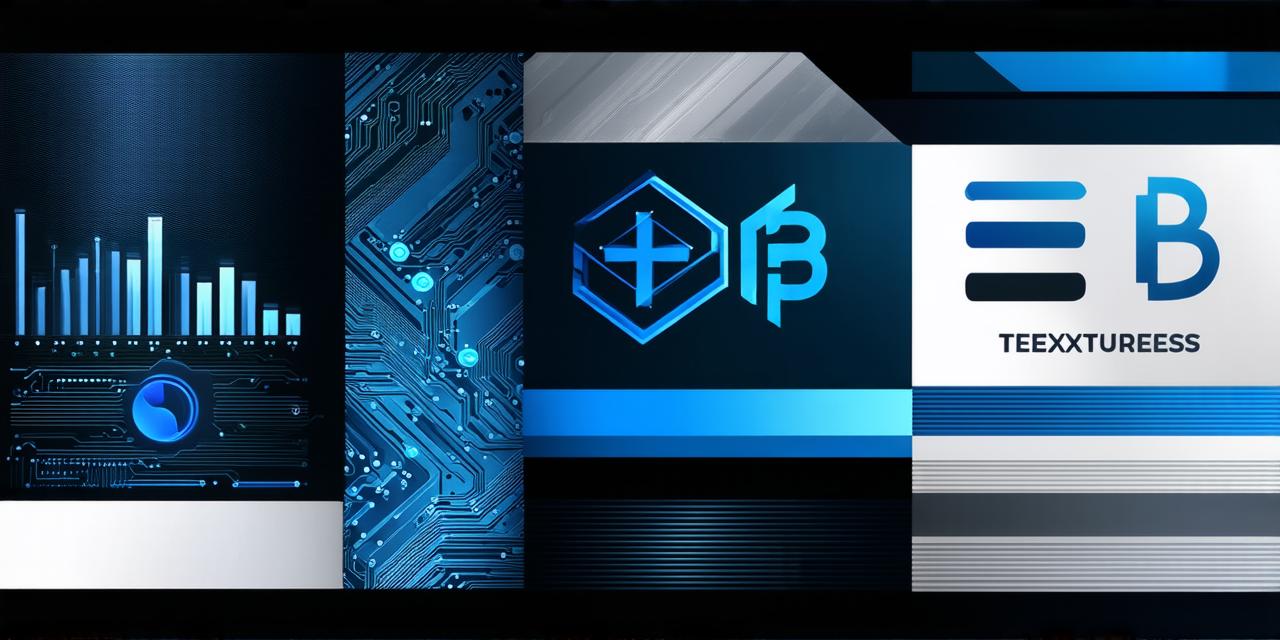Blockchain technology has been around for over a decade, and its applications are ever-evolving. One of the most critical components of any blockchain is the database used to store data. In this article, we’ll explore what databases are commonly used by blockchains, their advantages and disadvantages, and how they compare to each other.
Table of Contents
- Introduction
- What is a Database?
- Blockchain Databases: A Brief Overview
- Use Cases for Blockchain Databases
- Key Challenges in Choosing a Blockchain Database
- Comparison of Common Blockchain Databases
- Conclusion: Choosing the Right Blockchain Database for Your Use Case
Introduction
Blockchains have emerged as a promising technology to store data securely and transparently. However, blockchains rely on a database to store data efficiently. In this article, we’ll explore different types of databases used in blockchain technology and their advantages and disadvantages. We will also discuss use cases for each type of database, key challenges in choosing the right one, and compare popular blockchain databases.
What is a Database?
A database is a collection of related data that is organized and structured in a way that allows it to be easily accessed, stored, and managed. A database can store large amounts of data, including text, images, videos, and more. It also enables users to query, update, and delete data as needed. Databases are essential for many applications, including blockchain technology.
Blockchain Databases: A Brief Overview
There are several types of databases used in blockchain technology. These include SQL (Structured Query Language) and NoSQL databases, as well as Key-Value, Document-Oriented, Column-Oriented, and Graph-Based databases.
SQL vs. NoSQL Databases
SQL databases are widely used for their ability to manage large amounts of structured data efficiently. They use a schema to define the structure of data, which ensures consistency and accuracy. However, they can be slow to scale horizontally, and changes to the schema require significant downtime.
NoSQL databases, on the other hand, are designed for scalability and flexibility. They do not have a fixed schema, which allows them to adapt to changing data structures quickly. However, this also means that they may sacrifice consistency and accuracy in favor of performance.
Key-Value, Document-Oriented, Column-Oriented, and Graph-Based Databases
Key-Value databases store data as key-value pairs, with the key being a unique identifier and the value being the data itself. This type of database is suitable for storing small amounts of data that do not need to be queried or indexed frequently.
Document-Oriented databases, on the other hand, store data in documents, which can contain multiple fields and are useful for applications that require complex queries. Column-Oriented databases optimize performance by storing data in columns rather than rows, which makes them suitable for data warehousing and analytics.
Graph-Based databases are designed to store and query highly connected data, such as social networks and recommendation engines.
Use Cases for Blockchain Databases
Blockchain databases have several use cases, including:
- Smart Contracts
- Decentralized Applications (DApps)
- Supply Chain Management
- Healthcare Data Management

Smart Contracts
Smart contracts are self-executing programs that automatically enforce the terms of an agreement between two or more parties. They require a database to store data and execute transactions efficiently.
Decentralized Applications (DApps)
Decentralized applications are software applications that run on a decentralized network, such as a blockchain. They rely on a database to store user data and enable users to access it securely and efficiently.
Supply Chain Management
Blockchain technology is being increasingly used in supply chain management to improve transparency, security, and traceability. Blockchain databases enable businesses to store and manage supply chain data efficiently, such as product information, shipping details, and payment transactions.
Healthcare Data Management
Healthcare data management is another area where blockchain technology is being used. Blockchain databases enable healthcare providers to securely store and manage patient data, such as medical records, prescriptions, and insurance information.
Key Challenges in Choosing a Blockchain Database
Choosing a blockchain database can be challenging, but it is crucial to ensure efficient and secure data management. SQL databases are suitable for structured data with strong consistency, while NoSQL databases are suitable for unstructured data with weak consistency. Key-Value databases are suitable for small amounts of data that do not need to be queried or indexed frequently, while Document-Oriented and Column-Oriented databases are suitable for complex queries and analytics.
Comparison of Common Blockchain Databases
The choice of blockchain database depends on the specific use case and requirements, including security, scalability, cost, and maintenance.
Conclusion: Choosing the Right Blockchain Database for Your Use Case
Choosing a blockchain database can be challenging, but it is crucial to ensure efficient and secure data management. SQL databases are suitable for structured data with strong consistency, while NoSQL databases are suitable for unstructured data with weak consistency. Key-Value databases are suitable for small amounts of data that do not need to be queried or indexed frequently, while Document-Oriented and Column-Oriented databases are suitable for complex queries and analytics.
bekannten Blockchain-Datenbanken vergleicht und die Wahl der Datenbank abhängig von den spezifischen Anforderungen, einschließlich Sicherheit, Skalierbarkeit, Kosten und Wartung, entscheidet.
